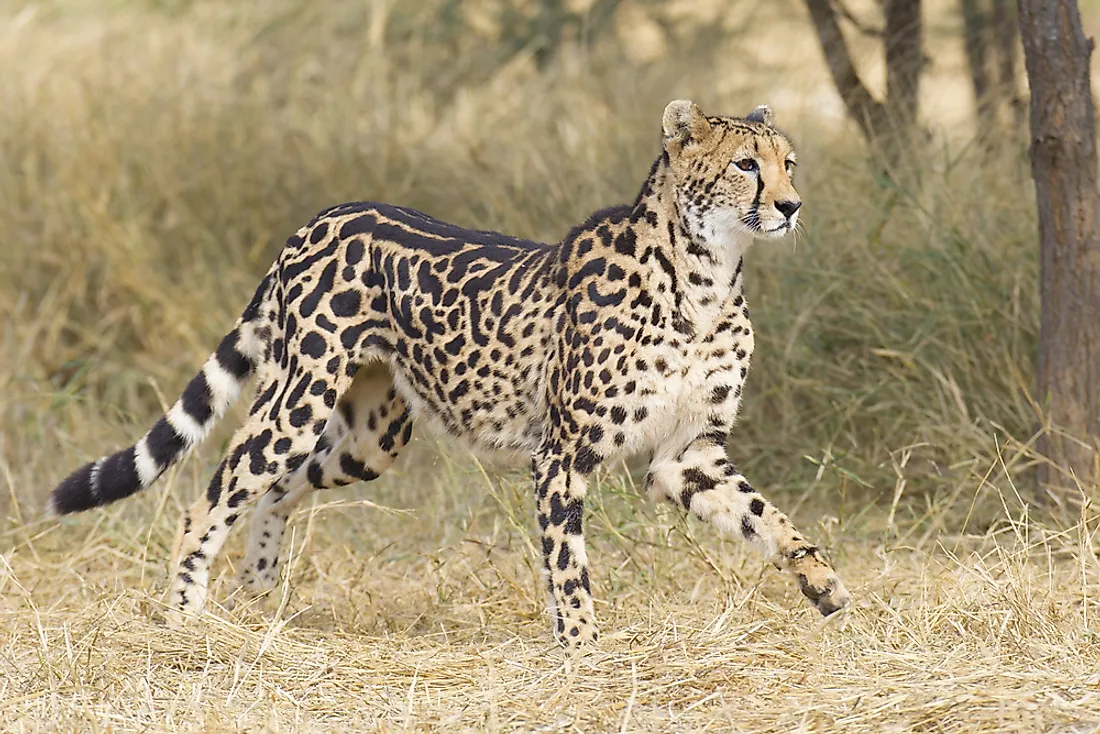What Is The King Cheetah?

King cheetahs are mainly found in Africa, and they are extremely rare. They were first noted in Africa by a British naturalist Reginald Innes Pocock in 1927, and he thought it was a different and separate species from the typical cheetahs, he later reversed his claim in 1939. The appearance of the king cheetah differs from the standard cheetah, which caused the confusion.
Appearance
The king cheetah has stripes and spots that differ from the common cheetahs, and this is caused by a single recessive gene which causes the funky fur pattern. The king cheetah has a mutation that exhibits longer and softer fur compared to the typical species. It has tear marks running from the inside corners of their eyes down to the outside edges of its mouth like all other cheetahs. It is slightly larger than the typical cheetah and has wide stripes extending from its neck to the tail.
Diet
The king cheetah like the typical cheetah are carnivores eating mammals weighing about 88 pounds, and they hunt during the day and eat their prey right away. Cheetahs hunt a wide range of small animals which could be rabbits, duikers, wildebeest, steenbok, impala, kudu, springbok, warthog, birds, sable, oryx, and roan among other small mammals. On average cheetahs consume about 6 to 8 pounds of food each day and occasionally may go without water for up to 4 to 10 days.
Reproduction
Male cheetahs do not assist with raising of the cubs. The females may leave the cubs to go hunting for food. The mother moves with the cubs from place to place to hide them from predators. The cubs are weaned at about seven weeks old which they then follow their mothers to learn how to hunt and kill. They, later on, leave their mothers when they are skilled and good hunters to fend for themselves. Female cheaters reach maturity when to reach the age of 20 to 24 months while the males reach maturity at the age of 12 months. The female cheetah typically give birth to about 9 cubs after the gestation period that range between 90 and 98 days. However, the average size of the litter is about 4 and mortality rates are always high for cubs.
Threats
King cheetah are found mostly in the savannah of Africa and especially South Africa. Cheetah population has declined by up to 90% due to human-animal conflict. They need vast space of land that may reach up to 57 square miles. Cheetahs face a significant threat of habitat loss due to industrial and agricultural expansion, and they are less capable of existing with humans like other cats like leopards. Human activities interfere with the feeding and hunting habits of the cheetahs. Approximately 76% of the cheetahs range is made up of unprotected land, and therefore they are always targeted by pastoralists and farmers who protect the animal, though cheetahs do not attack livestock animals. It is estimated that there are only 30 king cheetahs in the world as of 2016.











